

Chapters In My Life: Liz Houghton

Chapter One: Growing Up
“I was born in Buckinghamshire as the youngest of four – my father was a nuclear scientist and my mother an optician, but my father was also a passionate watercolour artist. Once he’d retired, he was able to make quite a career out of it. Looking back, that’s probably where a lot of my creativity comes from. I’m a terrible dyslexic, something that’s seen as a bit of a gift these days; but back then people struggled to understand why I couldn’t grasp certain things. I saw everything much more visually – someone once described it to me as ‘driving on the B roads not the motorway’ which really resonated. As a dyslexic, you have to come up with a lot of your own strategies if you want to succeed.”
Chapter Two: Going To Loughborough & Joining Topshop
“I’d always planned to go to art school – mainly because of my dyslexia – but I ended up doing better in my A Levels than anyone expected. I went to Loughborough to study social administration, a mix of sociology and economics, which has probably stood me in quite good stead business-wise. While I was there, I kept up with my art, but I had no idea what I wanted to do afterwards. Then, I came across a pamphlet in the careers library about being a buyer. It explained how it was such a varied and exciting career, and I thought, that’s the job for me.
“Soon after, I went for an interview for a buying graduate scheme. Everyone at the interview was so stylish – I remember dashing down the road and buying an entirely new outfit in about 30 minutes. There were lots of tests and role playing but I got onto the course – there were about 3,000 applicants for 12 places – and I started working at Topshop, when the founder Ralph Halpern was still in charge. Back then, pre-Philip Green, it was a brilliant place to work and still very much in its infancy, and it felt very fast and dynamic. We’d put clothes on the shop floor and, if a famous pop star or someone like that wore them, they’d sell out in minutes. AIR Studios’ offices were above ours at 214 Oxford Street, and I can remember getting into the lift with the likes of Paul McCartney and Elton John. I thought I’d died and gone to heaven.”
Chapter Three: Finding My Feet In The Fashion World & Starting A Family
“Fashion hadn’t been something that was on my radar as a child, but I’ve always enjoyed shopping. It was the graduate scheme that really opened my eyes to how the industry worked and all the different functions – buying, merchandising, sales etc. I enjoyed it so much and I stayed with the Arcadia Group, in various roles, for the best part of 20 years.
“I was working full time when I had my first child Will with my husband Richard, and then Tom arrived (accidentally) only 13 months later! Suffice to say, work was not thrilled with me – it was a bit like having twins. After two years, I decided to go part-time. Luckily [veteran retailer] John Hoerner was in charge at the time and he was very supportive – he basically told me to pick the job I wanted. That’s when I went into design, but only three days a week. I then had a daughter when Tom was six.
“Eventually, I ended up part of the management team at Rubican Retail, which was formed after a management buyout of several firms then owned by Arcadia Group. It resulted in high-street chains like Warehouse and Principles and catalogue retailers like Racing Green, being transferred from Arcadia to Rubicon. It didn’t end particularly well – when the people who underpin these groups are only motivated by money, the story tends to come to not a great end. By 2008, the group was heavily in debt and it couldn’t go on. My co-worker Lisa Agar-Rea and I ended up losing our jobs and told to put our things in bin bags and leave the building. It was then we swore we wouldn’t work for anyone else ever again and, if we went on to set up something ourselves, it would be different. We wanted to restore the values around quality and service to give customers a better experience. Bad decisions get made when money is the only motivator of what you do.”
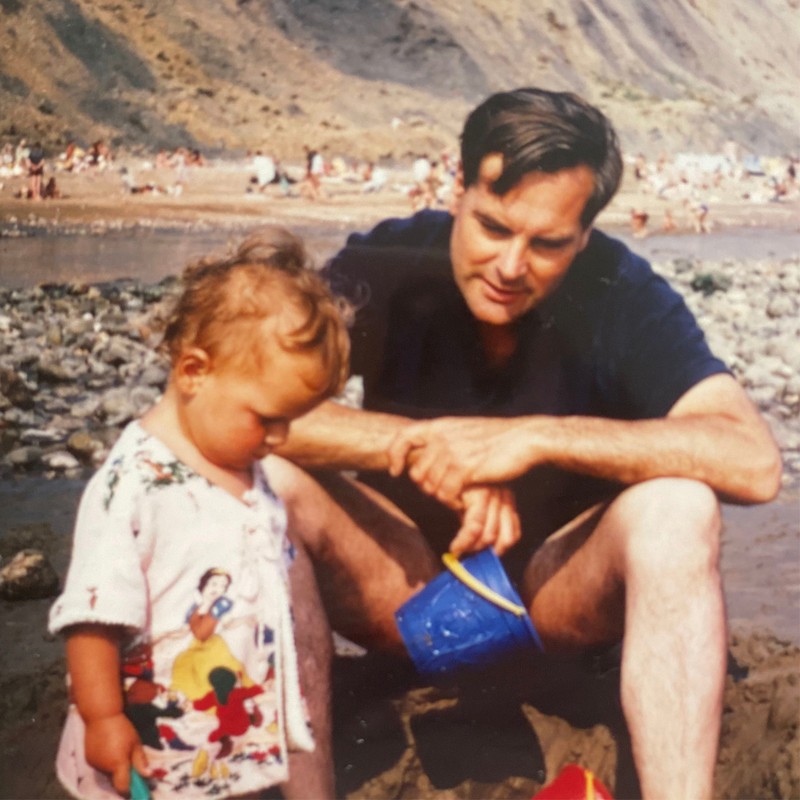
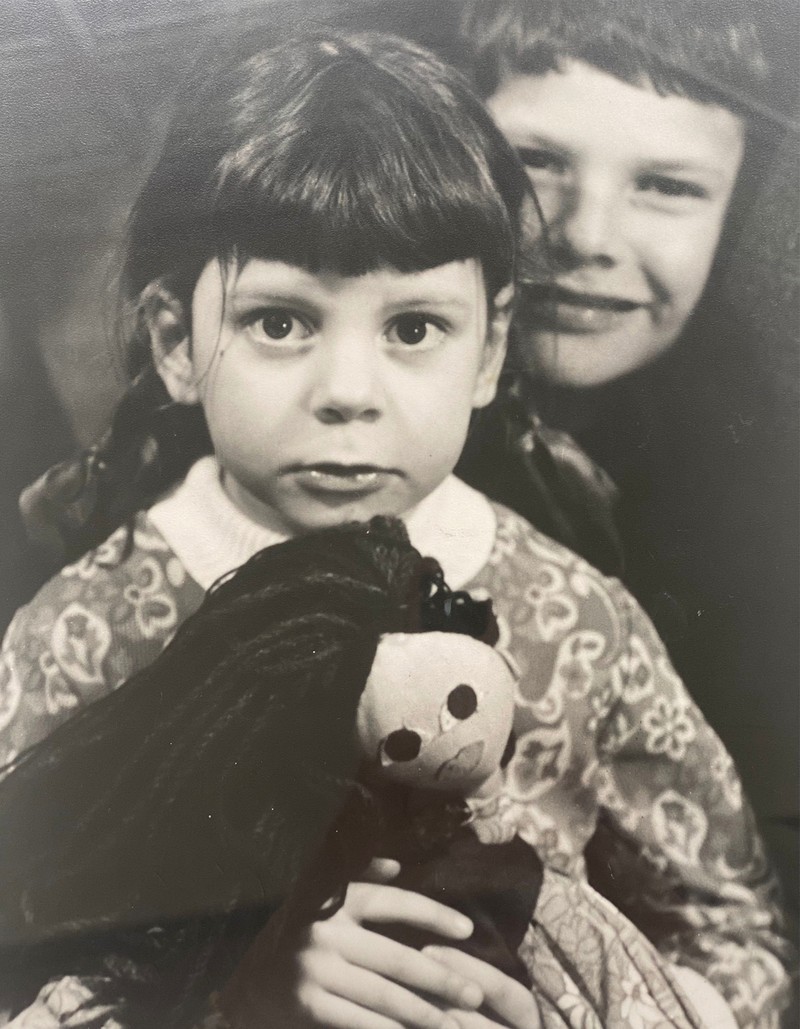
Chapter Four: Setting Up Mint Velvet
“Lisa and I were lucky to have built good reputations for ourselves during our time at Arcadia and Rubicon, so we were able to fall back on some of those relationships to start Mint Velvet. We’d outgrown Arcadia’s fast-fashion demographic, but the next level up felt so middle-aged and boring. Zara had attempted to bridge the gap, but it was hit and miss, and the quality wasn’t always great. Personally, I didn’t want to look mumsy – which is when Lisa, and our other co-founder Jane Rawlings, and I came up with the Mint Velvet tagline of ‘relaxed glamour’. We started it from the kitchen table – I remember the kids were off school for the summer, so it was chaos!
“If I look back on those early days of Mint Velvet, I still feel tired! That said, I do believe starting from scratch – especially after a long and established career – can be quite good for you. You learn so much, from how to build a website, to drawing up budgets and orchestrating photoshoots. I’m so thankful we had Stuart Grant come on board to help us with finance and operations, and we also brought in three of my former directors as investors. Together with our own money, we were able to get the business off the ground.”
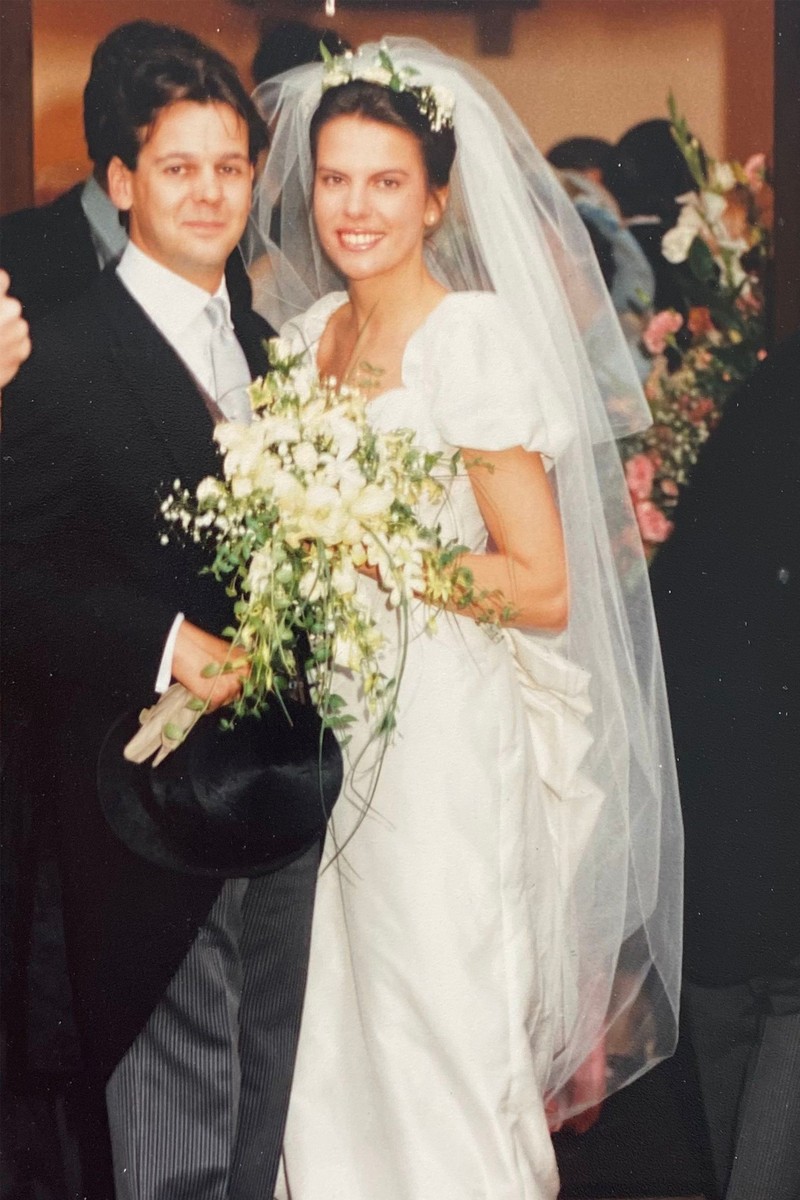
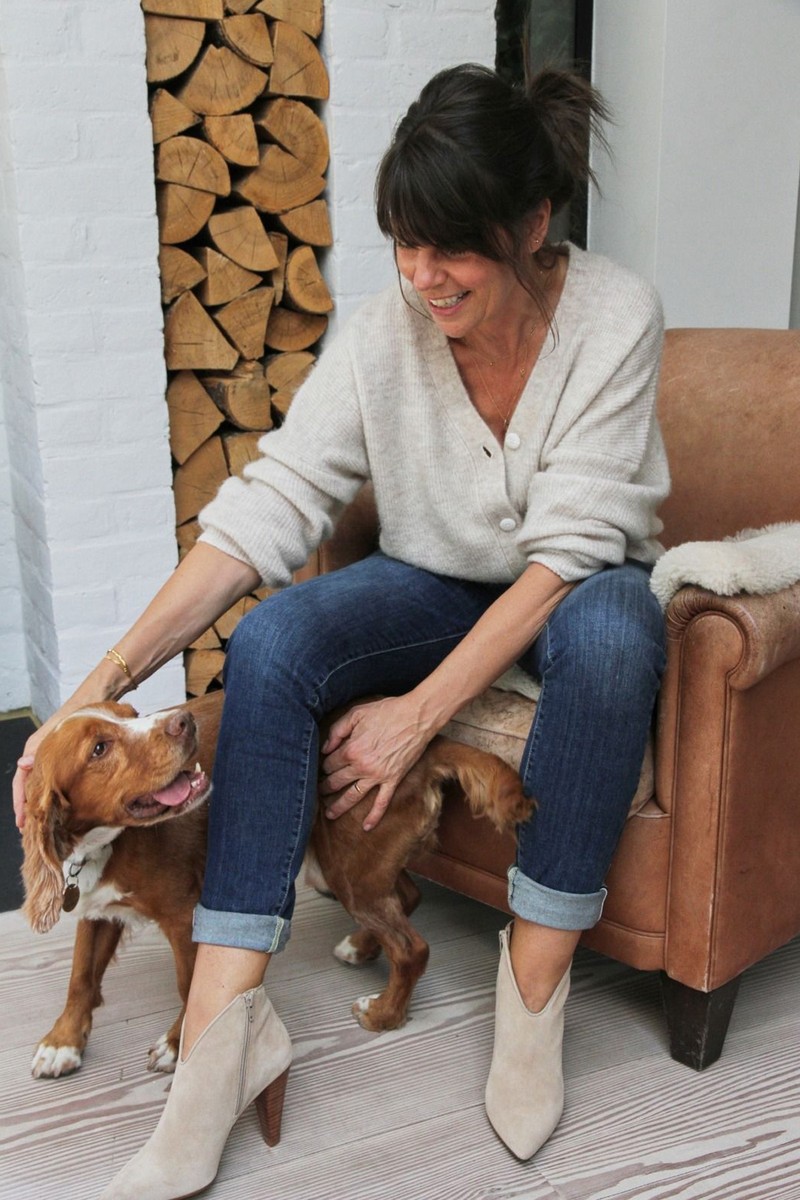
Chapter Five: Selling The Business
“We were so lucky to see such quick success. Profitable far sooner than we expected, the business continued to grow organically year-on-year – probably because we knew how it worked from every angle and at every level. Our years of retail experience were all coming together. Roughly ten years after we started, we sold the business to The Lewis Trust (the same family behind River Island). Lisa and I remain invested to this day, and we’re still in charge of the day-to-day running. Bernard Lewis sits on our board and, despite being in his 90s, he still knows more about the British high street than anyone I’ve ever met. What’s great is I know the trust isn’t interested in a ‘quick flip’ deal. They really understand the brand’s core values and the direction we want to go in.
“Oddly, I feel like the brand has come into its own during the pandemic. The trend for casualisation in fashion had already started – dresses with trainers etc – but that went to another level during Covid. Mint Velvet doesn’t have a ‘girl’ per se, it’s more about attitude. My daughter, who’s 20, loves it, but so do my friends. It’s for anyone who’s interested in fashion but wants something well-made and great customer service.”
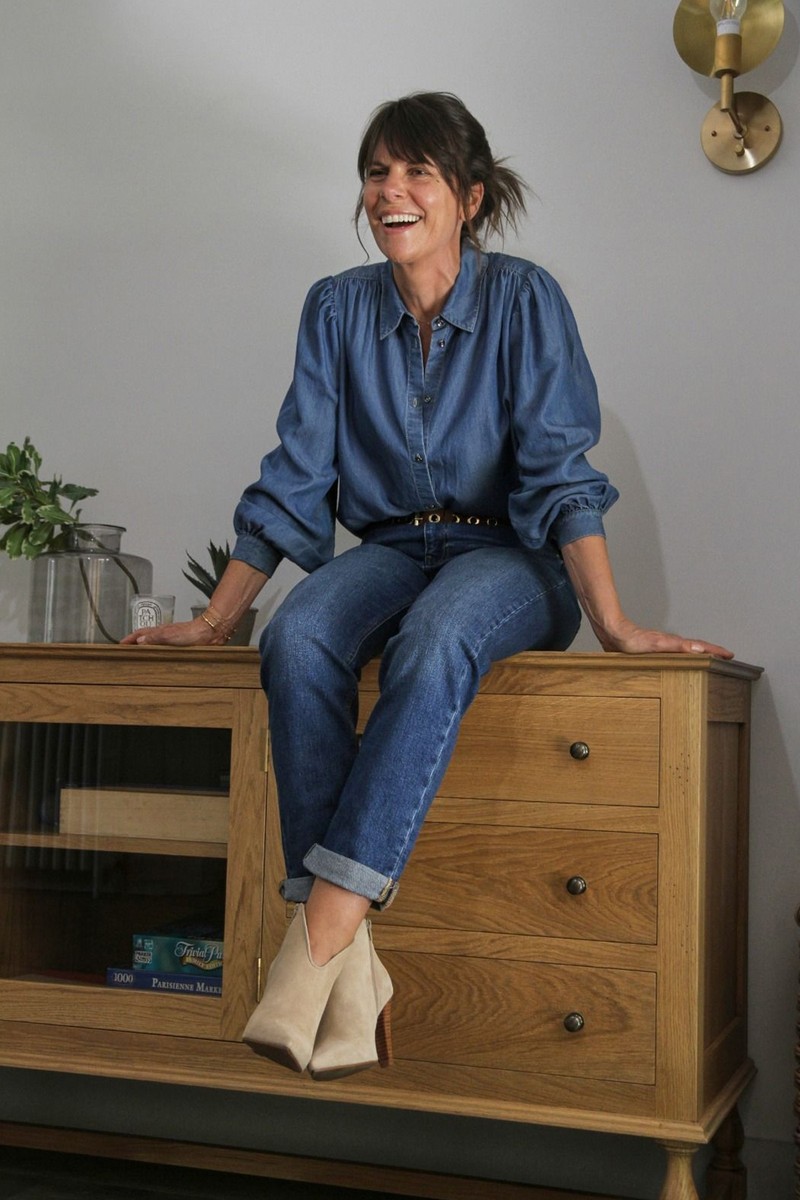
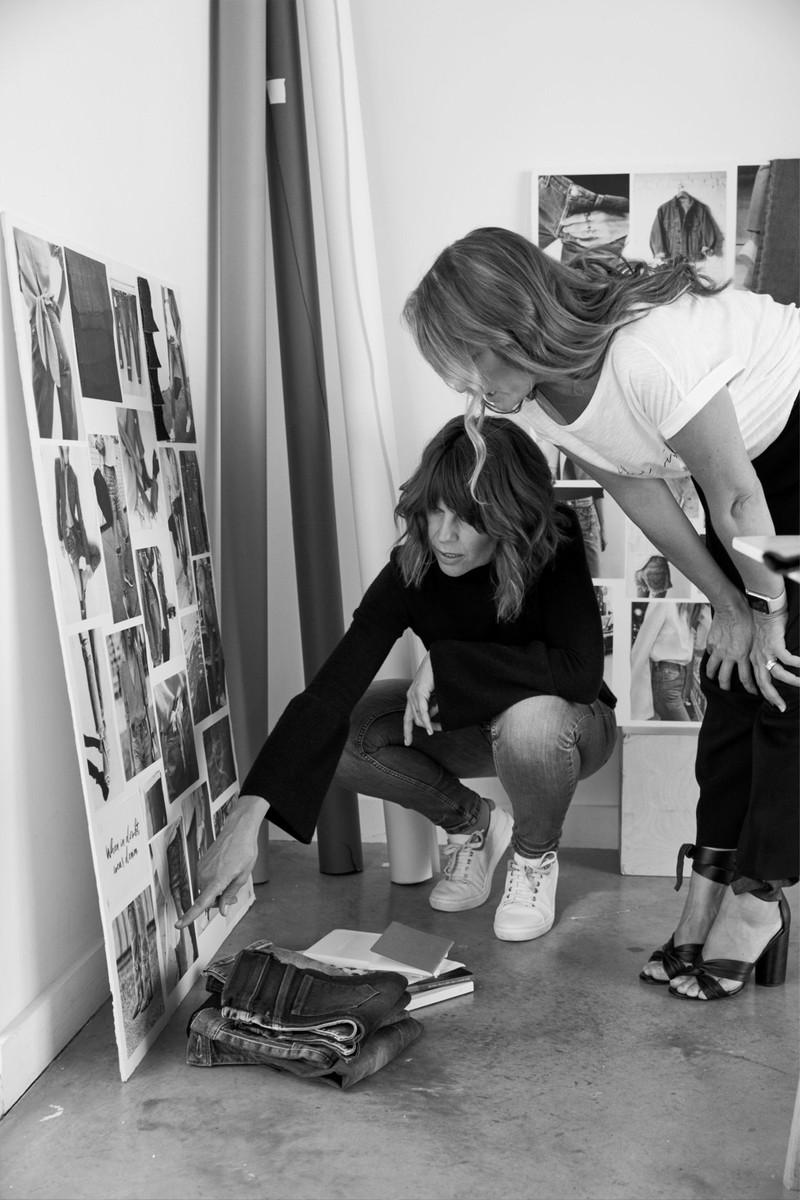
Chapter Six: A Life-Changing Experience
“About three years before we sold the business, my husband and I lost our firstborn son Will in a biking accident when he was 20. He was wonderful – full of life, someone you always wanted to be around. He was doing his GCSEs when Mint Velvet was born. Mature beyond his years – and I know I’m his mother so I would say this – he was the perfect child. For example, when he was 13, he said he didn’t want any birthday presents and wanted to sponsor a child in Africa instead. I’m still in touch with that little boy – I haven’t had the heart to tell him Will’s no longer here.
“Will was slightly obsessive – first about rowing, then cycling – so it wasn’t unusual for me to get phone calls telling me he’d been knocked off his bike. When I got the call in January 2016, I didn’t panic – you never think the worst is going to happen. But I knew things were different when they told me the police would pick me up from High Wycombe and drive me down to Portsmouth where Will was at university. My husband and second son Tom met me at the hospital. I remember getting out the car and feeling very shaky on my feet. The staff took me into a side room and asked me what I knew. I told them I was aware Will had been in an accident and that’s when they asked me if I knew it was ‘un-survivable’ – that was the word they used. All I remember is letting out this noise – as a mother, it comes from somewhere deep down inside. It’s guttural. Primal.”
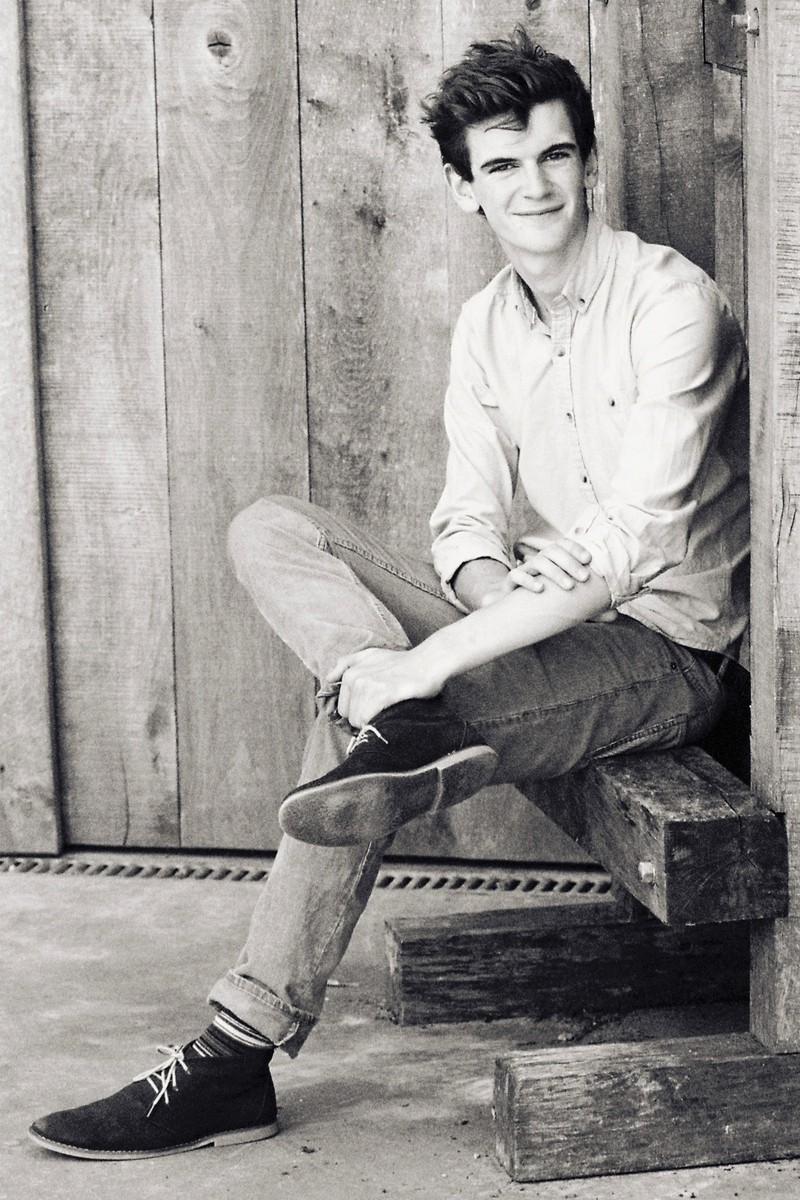

Chapter Seven: Saving Lives Through Organ Donation
“We were taken to see Will in intensive care and there was barely a scratch on him. It’s no surprise Will was an organ donor – it’s just the person he was. My reaction took me by surprise, but I told the nurses we had to save as much as possible. I could hear Will telling me what good it would do. We were given three days to say goodbye to him – which meant other family and friends could visit too.
“We think Will’s death saved the lives of at least 12 other people – although it could be more. I’ve worked closely with the NHS ever since it happened to try and improve the system for family members of organ donors so they can trace where their loved ones end up. It’s not about forcing a meeting with people who don’t want to be contacted, but it’s hugely comforting just to be able to know you’ve made a difference. You’re lucky if you ever get a letter – only around 11% of people ever hear from the organ receivers – but when someone did write to me, I realised it was a communication issue more than anything else. They had no idea how to get in touch and it spurred me on to encourage the NHS to do more. To their credit, they’ve made some wonderful strides, and we set up the “Don’t forget the Donor” campaign with NHS Blood and Transplant to help recipients feed back and donor families find some peace after losing a loved one – all while honouring the anonymity of donation. What it has made me realise is how uncomfortable we all are talking about death. It’s still not part of a doctor’s formal training, which astounds me.”
Chapter Eight: Channelling Grief Into Good
“The effect Will’s death has had on our family is hard to put into words. It’s said up to 75% of couples will separate after the death of a child but my husband and I went for grief counselling together – which has turned me into a big fan of counselling full stop. Thankfully, we’ve come out the other side stronger. Interestingly, people tend to forget about their other children and what kind of impact it’s had on them. My daughter was only 14 when Will died and, for Tom, Will was like his twin. Men don’t tend to talk about things the way women do, so it’s undoubtedly been hard for him too.
“Together, we’ve set up the Will Houghton Foundation – which works with UK charities to help 14 to 24-year-olds reach their potential through education and sport – and we talk about Will all the time. The business is also involved – we’ve got a charity walk coming up soon, for example. To this day, I still tell people I’ve got three children.”
Chapter Nine: The Next Chapter
“In the next five years, I’d love for Mint Velvet to be a household name. We’re in such a strong position – no debt and 750 brilliant people work for us – so we have a great foundation to build on. We’re excited to start opening boutiques in London next and bringing the brand to a new set of customers. People think fashion is frivolous, but it’s so dynamic, challenging and exciting. Clothes make people feel good about themselves so, for me, being in this business is about making our customers feel like the most confident version of themselves.
“Will’s death and the pandemic have only made me believe harder in these values. Life is ultimately about healthy communication, collaboration and having the right people around you. If you have a hole in your heart, fill it with things that make you happy. Right now, there’s enough balance and happiness in my life to fill that void.”
For more information, visit MintVelvet.co.uk. You can learn more about the Will Houghton Foundation here.
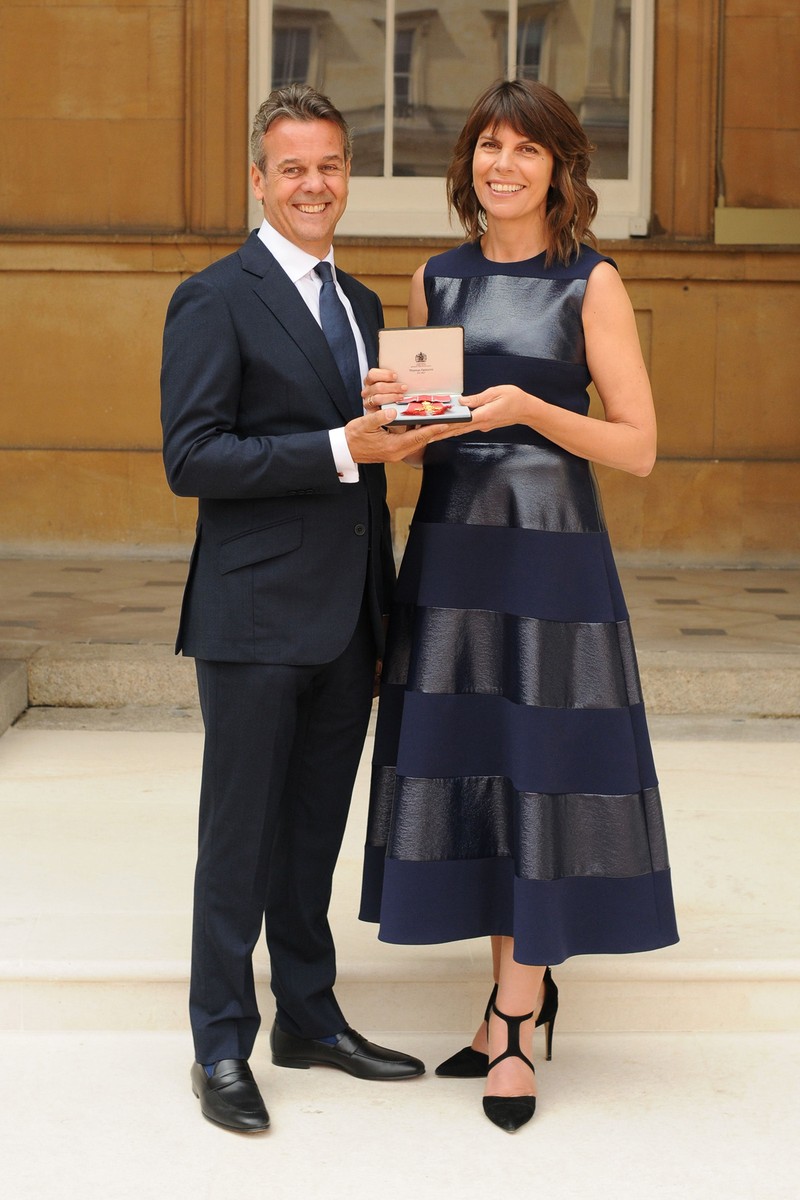
DISCLAIMER: We endeavour to always credit the correct original source of every image we use. If you think a credit may be incorrect, please contact us at info@sheerluxe.com.

